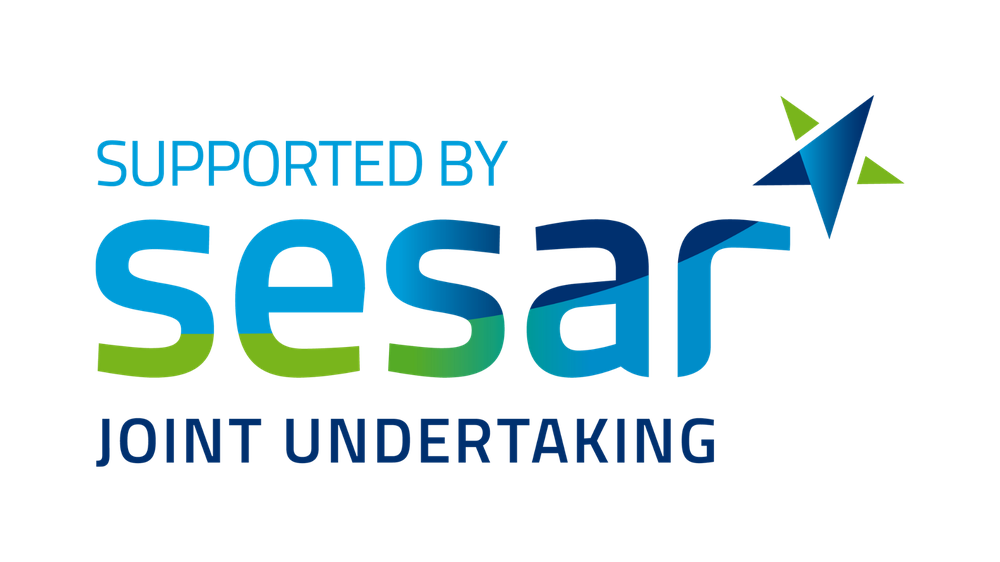Objectives
DYNCAT aims at demonstrating how to factor in environmental factors like CO2 and noise, when optimising 4D trajectories, enabling safer, more cost-efficient and more environmentally sustainable operations in the terminal manoeuvring area (TMAs).
To push forward these operational improvements, DYNCAT aims to:
highlight the impact of current (approach) ATM operations in the TMA on the environment, cost efficiency and safety based on actual flight data
While it is known that the environmental and noise efficiency of apparently similar approaches is very different in practice, the mechanisms leading to the effect are not well understood due to lack of comprehensive data about all relevant factors (aircraft performance state and configuration; weather; ATC instructions issued). DYNCAT is in a unique position to be able to gather the necessary proprietary data from several sources and to analyse which deviations from a theoretical optimum are inevitable given the circumstances and which could be prevented with better flow of information between air and ground and better predictive capabilities of the on-board systems.
quantify the potential to reduce the environmental impact (noise, CO2 emissions)
High-fidelity simulation will allow complementing the actual flight conduction with an optimised procedure in the recorded situation and under the given constraints. The comparison of the fuel consumption and noise generation (through aircraft source noise models available at the DYNCAT consortium) will result in a quantification of the potential reduction of pollution and noise under realistic circumstances.
measure improvements through novel pilot support functions on flight predictability and flyability (pilot workload, safety)
DYNCAT will focus on optimising the high-lift system actuation for low noise approaches within the extended TMA (E-TMA). It is obvious that novel concepts must not compromise safety; on the contrary, better support for configuration management by the flight management system is expected to decrease pilot workload and increase system awareness. The simulations will also enable the assessment of the predictability of the flight with and without the new support functions. While a fully-fledged capacity study is out of scope, a positive impact on arrival capacity is expected to be shown.
develop measures to be implemented in the short term (mainly on-board procedures) and mid-term (mainly new on-board system functionalities), identify the necessary enablers, such as new technological functions (supportive tools, data exchange) and regulatory changes to allow improved airborne procedures
In order to maximise the impact of the expected results, project will identify what needs to be done by controllers and pilots, by ANSPs and aircraft operators, by ground and airborne equipment manufacturers to mature the DYNCAT concept for operational use. This includes the identification of the possible need of regulatory changes for ATM.
In order to achieve the abovementioned objectives, DYNCAT will gather data from a variety of sources:

This project has received funding from the SESAR Joint Undertaking under the European Union's Horizon 2020 research and innovation programme under grant agreement No 893568.

SESAR 3 Joint Undertaking

Council of Europe
Copyright DYNCAT Consortium 2020-2022. All rights reserved. Licensed to the SJU under conditions.




